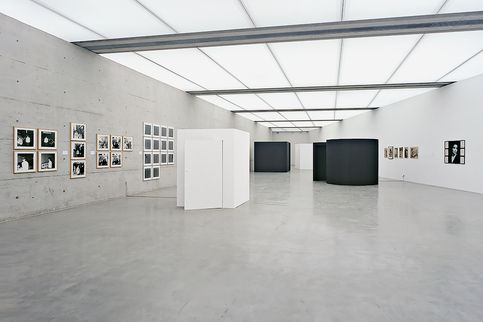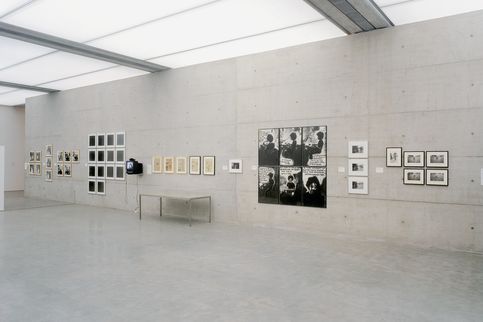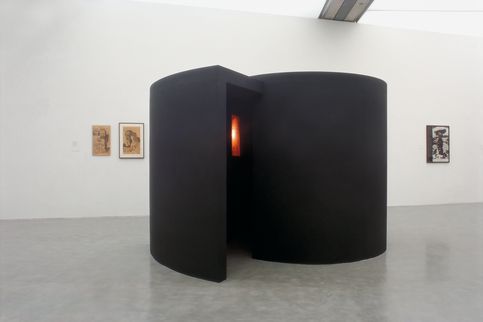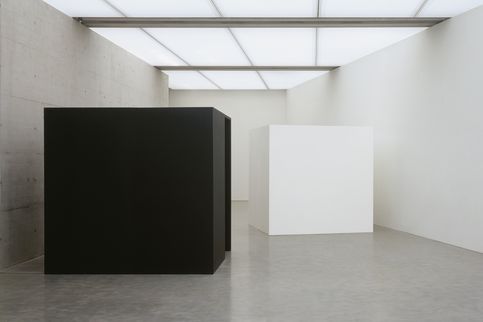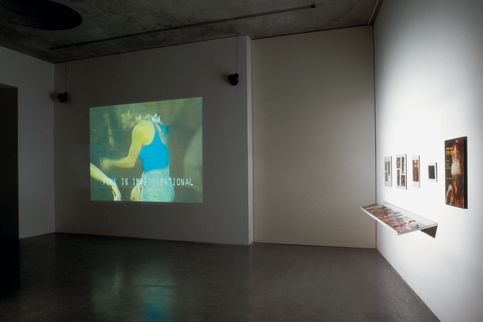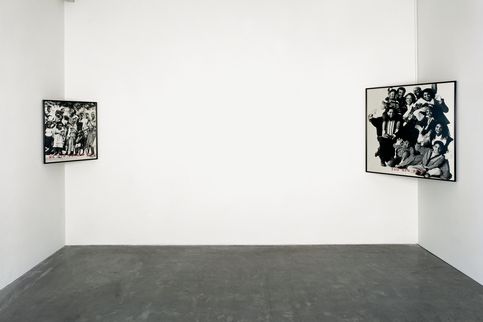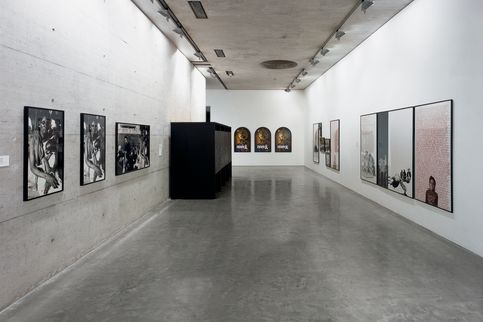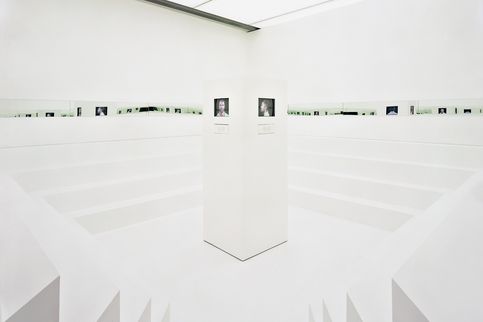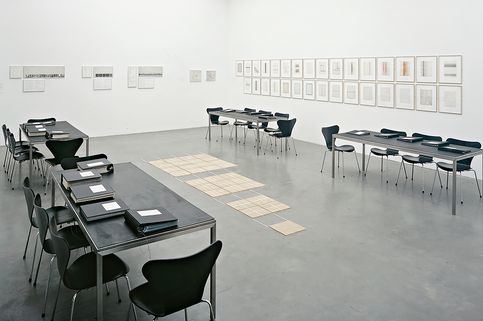Adrian Piper
since 1965
Curator: Sabine Breitwieser
Curatorial Assistance, Exhibition Production: Nadja Wiesener
Coordination Exhibition Venues: Luisa Ziaja
The highly important œuvre of Adrian Piper, born 1948 in Harlem, New York, U.S.A., had been suitably introduced with this first major retrospective in Austria, and the first of this size to be shown in Europe. A broad spectrum of her work had been displayed, ranging from paintings and early conceptual works of the 1960s to her performances of the 1970s and recent works. Premiering in Europe, among others, were a large number of conceptual pieces as well as a series of audio works created in the 1960s.
Adrian Piper's entire body of work can be called unique, distinctive, and most of all varied. She once described herself as someone, who "wears three hats." Following her fine arts training, she decided to study philosophy, as she was not content with the common practice of amateur applications of philosophical concepts and other scientific knowledge. As an academic philosopher, Piper injected her work with personal philosophical reflections, while detaching herself from economic expectations imposed on art production. There is probably no other artist, in whose work Immanuel Kant, Aretha Franklin, Marvin Gay and Shiva all play a role. Piper was also one of the first artists to engage with popular culture, in particular African-American culture, through an investigation of the clichés and preconceptions about it, how art can communicate social and political issues effectively, i. e., without triggering the usual defense mechanisms, is one of the central aims that Piper pursues in her work like almost no other artist.
Even when relatively young, Adrian Piper already had an impressive career as a conceptual artist. Under the influence of Sol LeWitt, she left behind figurative painting. Her first works as a result of this influence are installations, where masking tape, plastic film and other synthetic materials were attached to the floor in grids; one of these has been reconstructed for the occasion of the retrospective at the Generali Foundation. The majority of her early conceptual pieces are works on paper using text, numbers, drawings, and/or photographs - loose sheets gathered in ring binders - where an examination of the aspects of time and space takes place. It logically followed that Adrian Piper's first solo show took place in an art magazine. In the Hypothesis-Series (1968-70) she began to connect her conceptual investigations with an observation of her own body in personal, everyday activities.
In reaction to various political events, Adrian Piper started to analyze her social position as an artist, a woman, and an African-American. The medium of conceptual art no longer did justice to her concerns and she aimed above all to introduce her art unobtrusively into non-art contexts. In the 1970s, Adrian Piper began to conceive as well as realize performances in the public sphere. Among the best known works from this time is the performance "Catalysis III" (1976), in which Piper strolls through the streets of Manhattan displaying the sign "Wet Paint" on her white sweater. Her alter-ego, a male African-American named the "Mythic Being," performs various interventions, such as looking for white women ("Cruising White Women", 1976, Cambridge, Mass.). This work had already been shown at Generali Foundation once before.
Since the 1970s, Adrian Piper has been known for her investigations of themes such as racism, xenophobia, and the nature of the self. Her works - photo-text collages, drawings, performances and (video) installations - are conceived as acts of political communication. The artist wants to provoke viewers to react directly to their own, often deeply rooted impulses and answers regarding these topics. Rather than employing an elitist "art jargon," she strives to create a situation, which allows the viewers to react directly. Piper refers to this concept as the "indexical present." Among the popular works, are also the so-called "Funk Lessons" (1982-84), where Piper invited the participants to collectively listen and dance to funk music and in doing so to simultaneously reflect upon racist stereotypes of African-Americans. In her at then times latest group of works Adrian Piper used the Pantone Color Wheel as a matrix to establish skin tones. The "Color Wheel Series" (2000) exemplified this through large panels for exercising self-awareness - also on show at the Documenta 11 in Kassel.
Following this presentation at the Generali Foundation, further exhibitions will take place in Europe. The retrospective will appear at the Institut d'art contemporain in Lyon/Villeurbanne, France (January to June 2003); at the Museu d'Arte Contemporani de Barcelona, Spain (October 2003 to January 2004). For the exhibition in Barcelona, a publication will appear in Spanish and Catalan.
